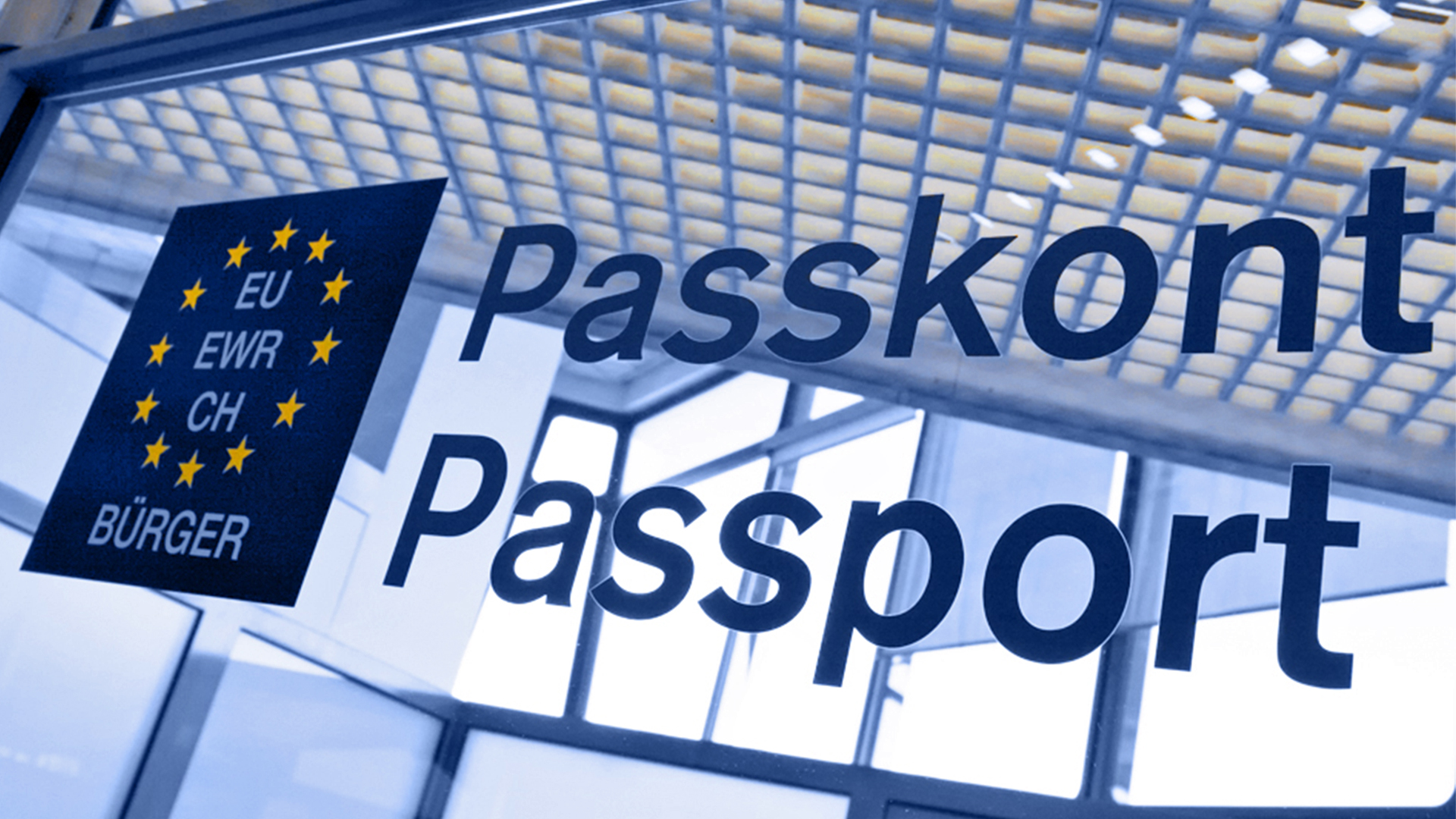In the pandemic, Germans like to eat sweets, according to nutrition researchers. But the chocolate industry can hardly benefit from it. The important Easter business was also pretty poor.
By Klaus-Rainer Jackisch, MR Chocolate Easter bunnies landed in the Easter basket less often than usual this year. Business was rather sluggish due to the coronavirus pandemic. The industry had already reduced the number of units in advance so as not to sit on the shelves, as in the previous year, or to sell them off at dumping prices. But overall, “the Easter business was very mixed,” says Solveig Schneider, spokeswoman for the Federal Association of the German Confectionery Industry in Bonn, drawing a preliminary balance.
Easter is more important than Christmas
German manufacturers produced a good 215 million chocolate bunnies this season, wrapped in colorful tinfoil and always with a smile on their face, a good half of them for export. That was far more than the 150 million or so Santa Clauses that rolled off the tapes for the winter. Because for a number of years now, the Easter business has been more important to the industry than the Christmas season. Although people eat more in Corona times and Germans have an average of at least one kilogram more on their ribs, the complicated chocolate business is currently not going well in many areas.
Falling sales
While the grocery trade had few problems getting chocolate Easter items to the public and there were sometimes even bottlenecks – triggered by the hacking around the planned and then canceled Easter rest, which prompted some to buy hamsters – it saw sales on the important sales areas looks very different in department stores. “Our companies sit on the ordered goods and cannot get rid of them,” complained the confectionery association president Bastian Fassin even before the Easter business. The chocolate slack is also reflected in the books of the manufacturers. The traditional Swiss group Lindt & Sprüngli, which has been used to success and has been growing for years and has an important mainstay in Germany, was able to beat its way through the crisis last year. But the fact that many Lindt stores were forced to close due to the pandemic left clear marks on the balance sheet. Even at Ritter Sport, whose square chocolate can be found in almost every country in the world during normal times, sales fell for the second time in a row due to the pandemic. The specialist dealers were hit much worse – such as the Deutsche Confiserie Holding, behind which the 300 or so stores of Hussel, Arko and Eilles are hidden. Due to the downturn in consumers, the company with around 1,600 employees had to file for bankruptcy at the beginning of the year.
Consumers reluctant to experiment
The failure of the International Confectionery Fair in Cologne this year was also very bitter for the industry – so far unique in the 50-year history of the world’s largest trade fair of its kind. Because the chocolate industry thrives on innovation. German manufacturers in particular are extremely inventive and that is why they play such an important role on the world market. “But you also have to touch and try new products from time to time – that doesn’t work digitally,” says Schneider. Market researchers have found that in times of pandemics, customers concentrate on traditional products when they scurry through the discounter in the evening in the stress of corona to quickly buy the bare essentials. Standing in front of the shelf for a long time and trying something out is rather flat. Especially since retailers currently prefer toilet paper and pasta to new chocolate creations on display anyway. The industry is also severely affected by the closure of hotels and restaurants – the demand for cocoa and chocolate treats has plummeted. And then there are the chocolate bars and mini-snacks that you can take with you at the station kiosk or just before departure. Here, too, sales have declined significantly due to the downturn in travel. The Heinemann brothers, market leaders in Germany’s duty-free shops, and are represented at almost every airport in this country, feel this too. One has already experienced many crises, said CEO Max Heinemann in the “Handelsblatt”. But “the dimensions of this pandemic are so far incomparable.” The chocolate sales of the Hamburg trading house in Germany collapsed by almost 80 percent last year.
Chips and nuts are more in demand
The question is where the pounds come from that the German citizens carry around with them. Probably not about chocolate, says the Confectionery Association – but about chips, flips, pretzel sticks and other nibble pastries. This sells particularly well in times of crisis, as do nuts and trail mix, which are popular in the home office. All of these divisions recorded significant increases in sales. So the joys and sorrows in the confectionery industry are closely related. And what happens to the chocolate Easter bunnies that are left behind? Contrary to popular belief, they will not be melted down again to mutate into Santa Claus. The industry attaches great importance to this. Instead, they would be donated to aid organizations.





























































You must log in to post a comment.